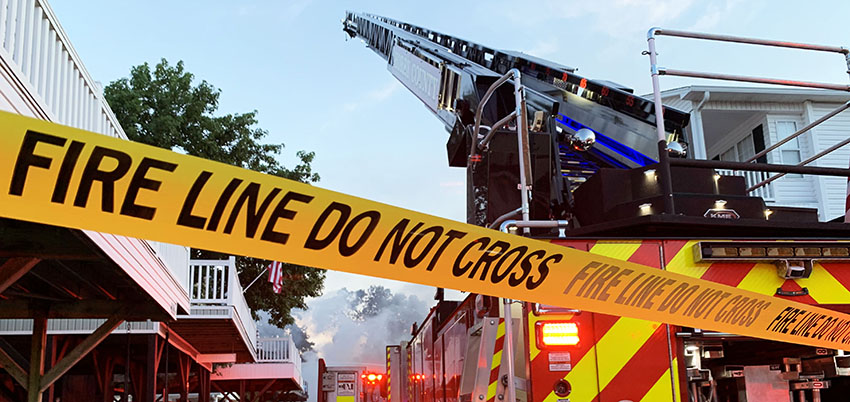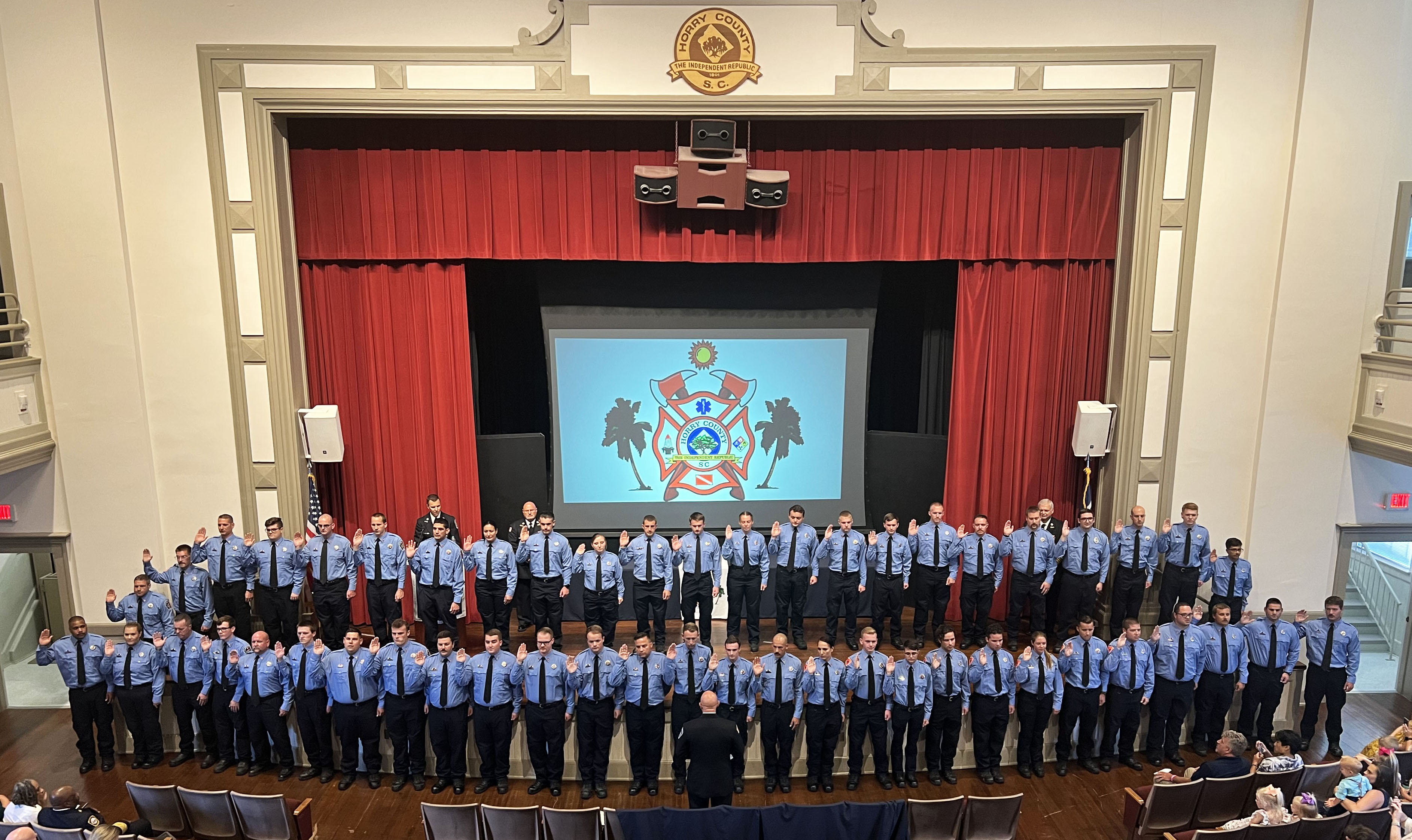Fire Rescue
About Us
Horry County Fire Rescue is a combination career and volunteer department, tasked with fire protection to the unincorporated areas of Horry County and emergency medical services for the entire county. Horry County covers 1,255 square miles, making it one of the largest counties east of the Mississippi. One of the largest tourist destinations in the country, Myrtle Beach, is located within the county.
Normal Open Burning Conditions
Follow standard safety guidelines
Mission
To serve the community by providing professional fire, rescue and emergency medical services.
Vision
Committed to Excellence Today for a Safer Tomorrow.
Fire Rescue
(843) 915-5864
PGEgaHJlZj0nbWFpbHRvOmhjZy5GaXJlUmVzY3VlQGhvcnJ5Y291bnR5c2MuZ292Jz5oY2cuRmlyZVJlc2N1ZUBob3JyeWNvdW50eXNjLmdvdjwvYT4=
Monday–Friday
8am–5pm
8am–5pm
2560 Main Street Ste. 1
Conway, SC 29526
Conway, SC 29526
2560 Main Street Ste. 1
Conway, SC 29526
Conway, SC 29526



